You’ve likely seen famous TV personalities in quarantine on one floor of a home while their families remain safely separated on another floor. But what if you share a 1-bedroom, 1-bathroom house, condo or apartment with someone else who either a) tested positive for COVID-19, b) has been exposed to someone known to or suspected of having COVID-19, or c) has started to show symptoms of COVID-19? Let’s call this infected person Charlie. (No offense to all of you Charlies out there…seriously.) Here are some practical, DIY tips if you & Charlie must, for any reason, remain in tight quarters and/or share a single bathroom.
In this case, the adage “knowledge is power” is true. So, turn off FOX, especially turn off FOX News. No one is saying that FOX is a bad TV station for entertainment and spectacular drama. However, FOX’s politicized disinformation about the coronavirus pandemic was recently deemed 2020’s Lie of the Year and is likely to get you killed. After your household has recovered from COVID-19, then you can catch up on FOX’s TV spectacles.
Instead, search CDC guidelines for useful tidbits that you might not already know and follow every guideline to the letter. Yes, you & Charlie have probably just realized that it’s surprisingly easy to catch COVID-19…perhaps more so now with the new strains. Luckily, more and more studies are showing that there are things you can do to meaningfully decrease your chances of spreading the virus.
SETTING UP IN-HOME QUARANTINE
- Immediately - make space between you and Charlie.
- Send Charlie outside or to the garage to wait (weather & health permitting) while you set up quarantine. If waiting outside isn’t possible, have Charlie stand near an open door or window. Instruct Charlie to breathe and cough outside while you…
- Break out new masks, gloves, and disinfectant.
- First, protect yourself by putting on your mask and latex or nitrile gloves.
- Masks and gloves are available almost everywhere now. I trust you have some.
- Next, ask Charlie to mask and glove up.
- As needed, Charlie should use the bathroom to empty bowel, bladder, and shower (at least one last time) before disinfecting the bathroom.
- Charlie should always be wearing at least a mask when crossing to and from the bathroom.
- Charlie should close doors immediately when entering and exiting any room.
- First, aerate, then disinfect the bathroom after every time Charlie uses it.
- Rearrange the house. While Charlie waits outside, uses the facilities and/or showers, you should:
- Look up your household disinfectants to determine
- If they kill COVID and
- How many minutes each takes to kill it.
- Remove anything you’ll need from the bedroom. This will be the quarantine room.
- Remove clothes, pillows, blankets, nightstand, personal electronics, chargers.
- Consider moving comfort and distraction items into the quarantine room for Charlie. Charlie is about to experience something akin to the nightmare of solitary confinement in prison. If you thought stay at home orders were tough, imagine Charlie having “stay in one room” orders.
- Provide a bedside thermometer, pain and fever medications, and any daily medications. I have a pulse oximeter that I also placed bedside so Charlie could monitor his oxygenation. I’ve seen these on eBay for as little as $11.
- Quarantine Charlie in the bedroom with the door closed and the windows open as far and long as possible to encourage contaminated air to leave the home and fresh air to enter. Putting a box fan in a windowsill to blow the air out of the room and increase air turnover is a good idea, but do not place a fan in a window that blows directly onto a walkway or other outdoor area frequented by others.
- Disinfect everything.
- I use Clorox Wipes on hard, bleach-safe surfaces and big bottles of 70% isopropyl alcohol from Costco to saturate fabrics or other soft surfaces and let it dry in place for at least 5 minutes. I find a spray bottle does a great job of dispensing/dispersing the rubbing alcohol to saturate cushions and the like.
- Assume Charlie has touched every surface, handle, utensil, food package, piece of furniture, & electronics that you’ll use over the next month, then clean it according to your household disinfectant’s product guidelines.
- If Charlie eats out of packages or drinks from cartons/bottles, those packages are Charlie’s. Write “Charlie” on them with a Sharpie.
- Launder your clothes and linens.
- Turn your front room into a second bedroom.
- I have a Feathers sectional, which I bought because it is entirely machine washable and I have a dirty, dirty dog. If you have a washable couch, wash the covers now.
- I regularly nap on the lounge section and the 110” couch is plenty long enough to be a featherbed for me, even at 6’4” tall. Surprisingly, so is the 88” version, which I’d initially considered to save floor space.
- Minimize the need to constantly disinfect. Assuming you don’t own a portable toilet, you can provide a place for Charlie to “use the latrine” to a reasonable extent in quarantine.
- I had a box of Hefty heavy duty lawn bags, bought a painting bucket with a lid from Home Depot (totaled under $7), and used their contactless, drive-thru pickup option.
- Place two bags into the bucket—one bag inside the other.
- Stuff the outer bag down into the bucket, so it is lower than the rim.
- Fold the inner bag over the rim and close the lid, trapping the bag in place.
- This makeshift toilet can be used more than once with the leak-proof lid forming a vapor barrier that is tolerable to some. Others will need to empty the bucket with each use. Remember, there is nothing glamorous about having COVID-19. This isn’t the time to worry about appearances. It is a time to focus on survival and recovery.
- To empty, if possible, have Charlie seal up the inner bag with a zip tie first. Then lift the outer bag around the inner and seal it with another tie or tight knot.
- If your Charlie is male, consider also providing a quart-size mason jar or Gatorade bottle with a large mouth. This can be handed out thru the door, into the vestibule (see #9) and emptied in the toilet as usual.
- Showering should be limited to “as infrequently as possible.” Charlie cannot self-reinfect and body odor never killed anyone. If hygiene is a concern, there are products that can keep Charlie fresh and clean in the comfort of a quarantine bubble.
- Disposable baby wipes clean better than toilet paper and double as a tool to sponge bathe.
- Set up an airborne droplet barrier.
- If you’ve ever entered a department store or camper’s tent through a vestibule, this is what you want to create outside Charlie’s bedroom (assuming the door opens into the bedroom).
- Place a towel, rug, or other draft guard under the door if there is an air gap.
- Charlie can (and should) open windows in the bedroom as far and often as is tolerable.
- Do as much as possible to cycle air out of the home and replace it with fresh air from outside. If it’s winter and you aren’t in Hawaii like me, be prepared to bundle up to keep warm.
- Pick up a roll of plastic sheeting and some blue painter’s tape.
- I like clear plastic sheeting so I can see Charlie if symptoms become more than mild-to-moderate and a trip to the hospital feels advisable.
- You can create the vapor/droplet barrier one of two ways depending on how the home is built.
- If the bedroom door is located at the end of a hallway.
- Cut the sheeting so it is about 1’ longer than the hallway is tall.
- If you bought 10’ wide plastic, cut it in ½ lengthwise.
- Create overlapping flaps on each side of the hallway about a foot or 2 in front of the door. Don’t make the area between the plastic sheeting and the door so narrow that nothing can be placed in front of the door or so deep that you must enter the vestibule to reach things that are placed in there.
- Be sure to tape the sheeting to the ceiling and walls. Let the excess sheeting drape the floor untapped but flat.
- You can pass items to and from the bedroom into the space between the door and plastic. ALWAYS wear a mask and gloves when opening the flap after the bedroom door has been opened, and, if possible, wait 10 minutes before reaching through the flaps. Always wash or sanitize your hands after passing food, waste, laundry or anything through the vestibule.
- It isn’t necessary to seal the flaps of the vestibule, but small tape strips can be used to keep gaps small. The point is not to create an air-tight seal between you and the bedroom. The point is only to provide a barrier to trap droplets that are in the air, prevent them from freely floating out into the home, and give them time to settle to the floor.
- If the bedroom door opens on the side of a hallway that will be used by others or if the door opens into another room - like a living room or kitchen.
- Unroll the sheeting and cut off a piece that is twice the width of the bedroom door. For a standard door, this will be about 6’.
- Assuming you bought the 10’x25’ roll linked above, unfold the 6’x10’ piece and cut it in ½ lengthwise.
- Create overlapping flaps on each side of the door. First, tape one piece along one side and the top of the door frame. Repeat on the other side. The flaps will overlap each other almost completely and the excess will drape the floor by several feet.
- You can pass items to and from the bedroom into the space between the door and plastic by allowing the flaps to “tent” over the items. The space in this version is virtual and only appears when something is being placed outside the door. Experiment with ways of preventing the plastic from falling open for larger items. ALWAYS wear a mask and gloves when opening the flap after the bedroom door has been opened, and, if possible, wait 10 minutes before reaching through the flaps. Always wash or sanitize your hands after passing food, waste, laundry or anything through the vestibule.
- Again, small tape strips can be used to keep gaps small. The requirement is not to hermetically seal the bedroom, however, any barrier that traps droplets floating around in the bedroom, prevents them from freely floating out into the home, and gives them time to settle to the floor is a great start.
- Regardless of where the bedroom door is located:
- Charlie should only open the door for the time it takes to safely deliver or retrieve items passed through the vestibule. Give yourself at least 10 minutes after Charlie closes the door before you approach the vestibule and push draft guards (towels, etc.) back into place as necessary.
- Talk with Charlie through the door or, better yet, text.
***Nearly impossible: quarantine in a shared home where the bathroom is located within the bedroom. Best case scenario: isolate the person and the bathroom. Find another bathroom to use yourself. For example, at someone’s guest house, mother-in-law apartment, ohana/casita/ADU, or part of a home that can be isolated/quarantined/separated from the main home and has its own exterior entrance for your private use. HOWEVER: it is recommended that someone staying in the home of a person in quarantine should not visit other people’s homes until the quarantine is lifted according to CDC guidelines. This means that both:
- At least 10 days have passed since the onset of mild to moderate symptoms -or- positive COVID test, and,
- At least 24 hours have passed since the last fever (without the use of fever reducing medicines).
Check CDC guidelines or contact your primary care provider to ensure you are following the latest, science-based advice.
If you’re reading this then you must care about protecting yourself and those around you. I applaud that. You are one of this world’s real heroes and I hope you know that.
IMPORTANT: Keep in mind that there are no guaranteed ways of entirely eliminating the risks of catching COVID-19 but adding extra barriers and distance has been shown to help and it’s not difficult to understand why. So, remember, the most important thing you can do is follow all CDC’s guidelines. This article is intended to suggest additional ways of preventing COVID-19 spread in a small home. These suggestions are not intended as alternatives or replacements for any guidelines provided by the CDC, NIH, or other qualified healthcare providers. Remember, the more barriers you put between yourself and those who are infectious, the more you lower your risk and the overall spread of the virus.
Stay optimistic, stay informed, stay diligent, and I wish you all the best. If you feel you have suggestions, additions, or improvements to offer to these in-home quarantine suggestions, please share them in the comments. We’re in this together so don’t be shy about offering us all your helpful insights based on your efforts, education & experience. On behalf of all people everywhere, I thank you.
The author, JR Drew, BSN, retired in 2016 from a fulfilling career as a registered nurse (RN) specializing in emergency and trauma nursing. Thank you for purchasing such a high-quality item from Valyou Furniture.

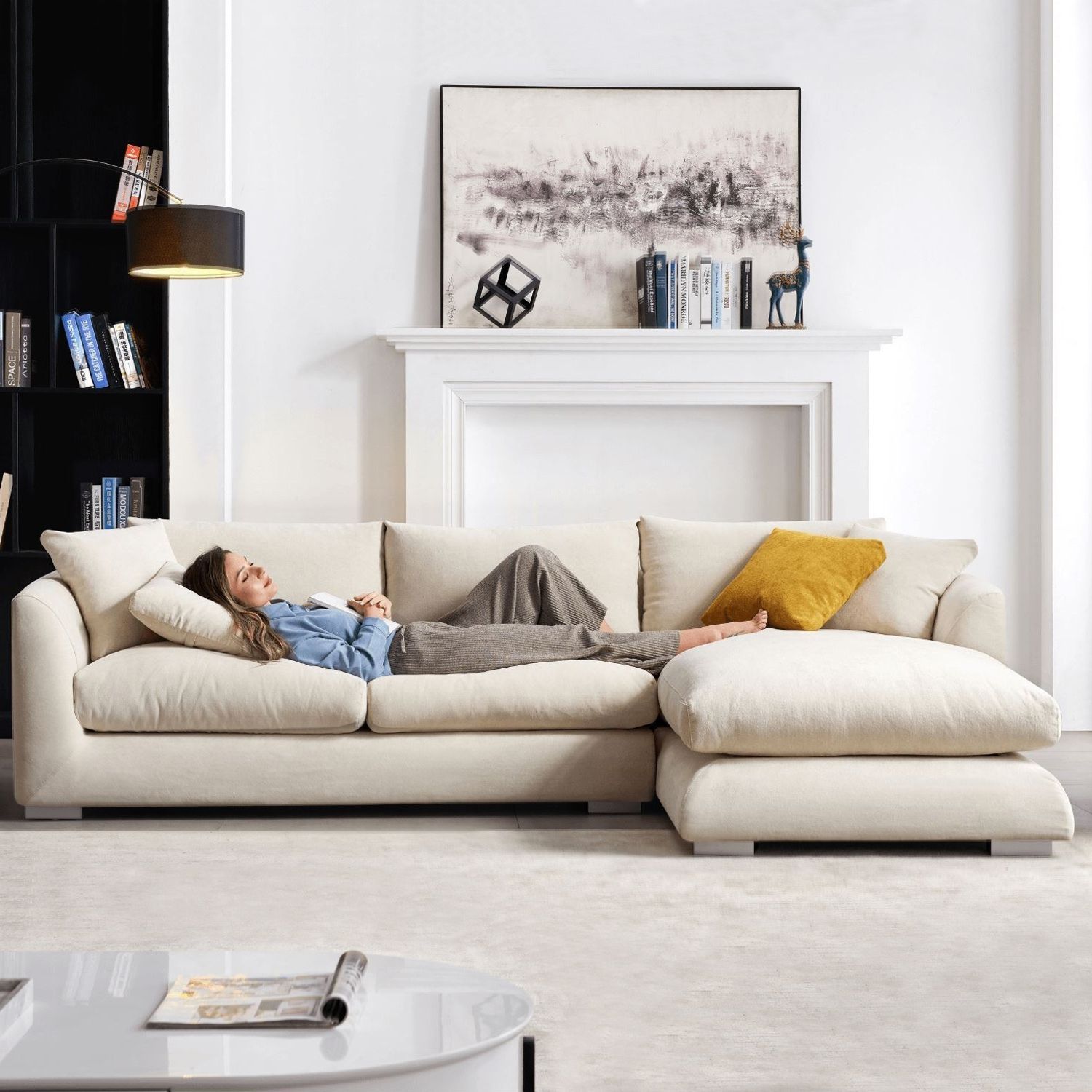
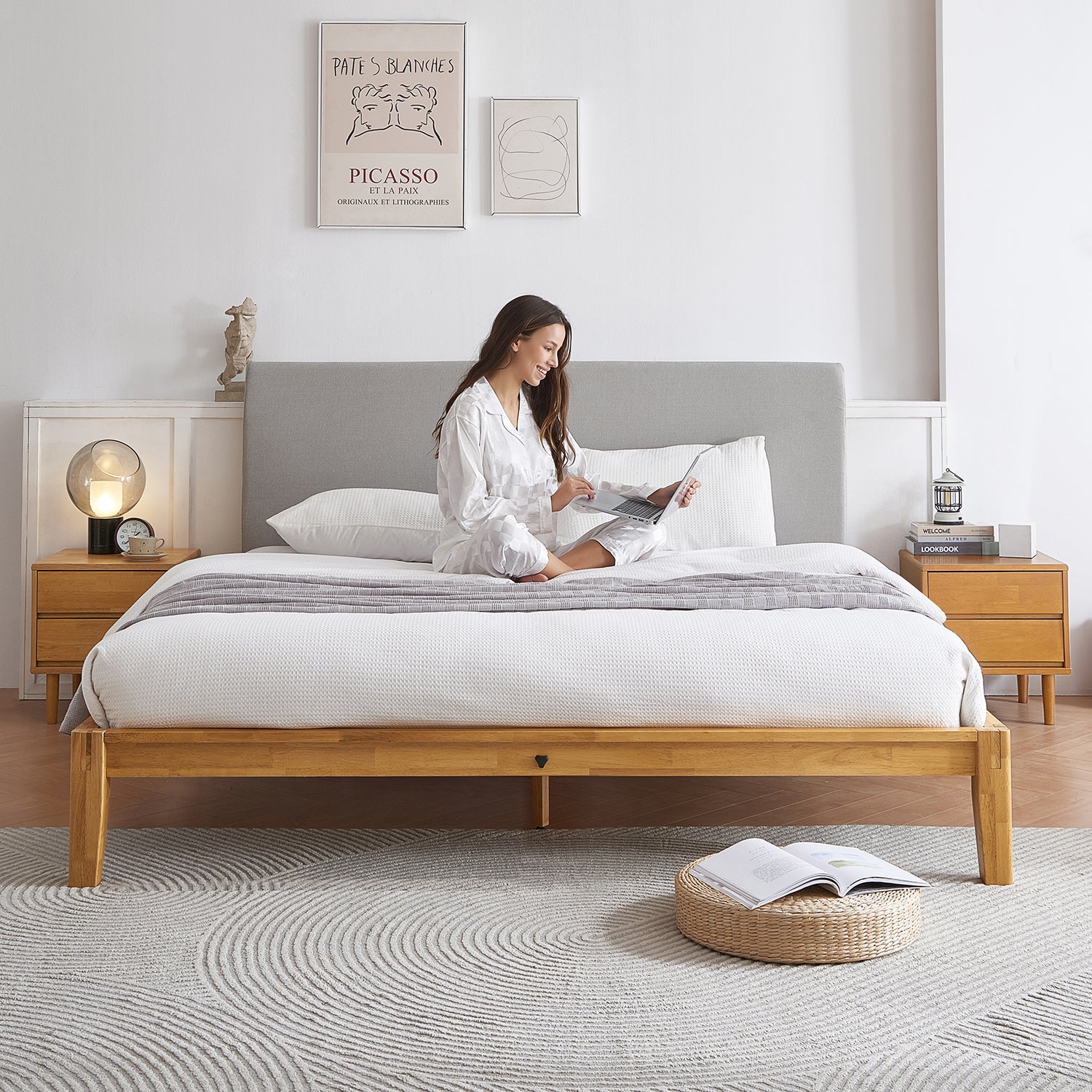

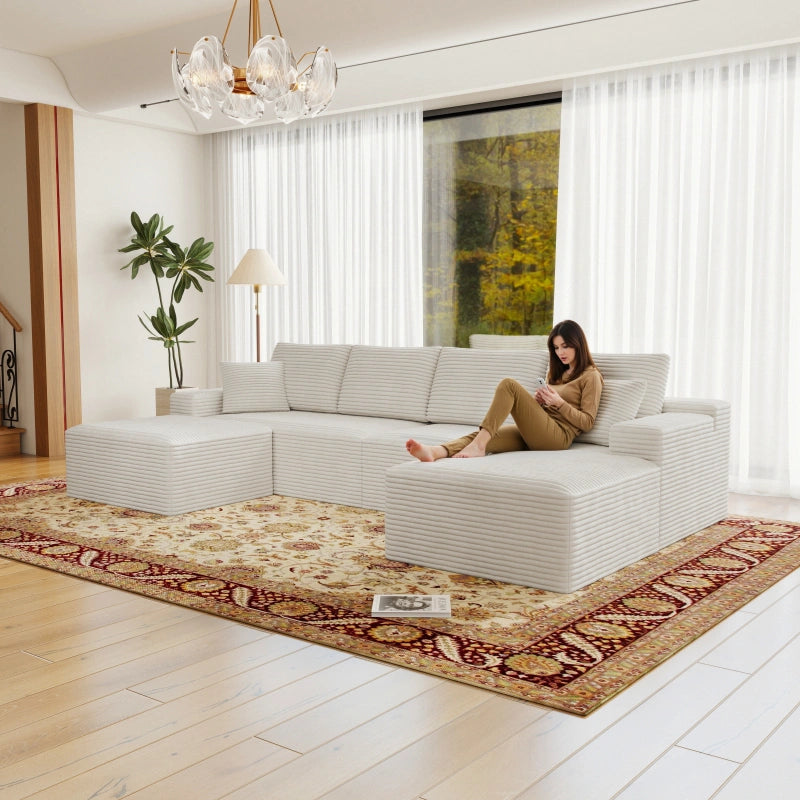

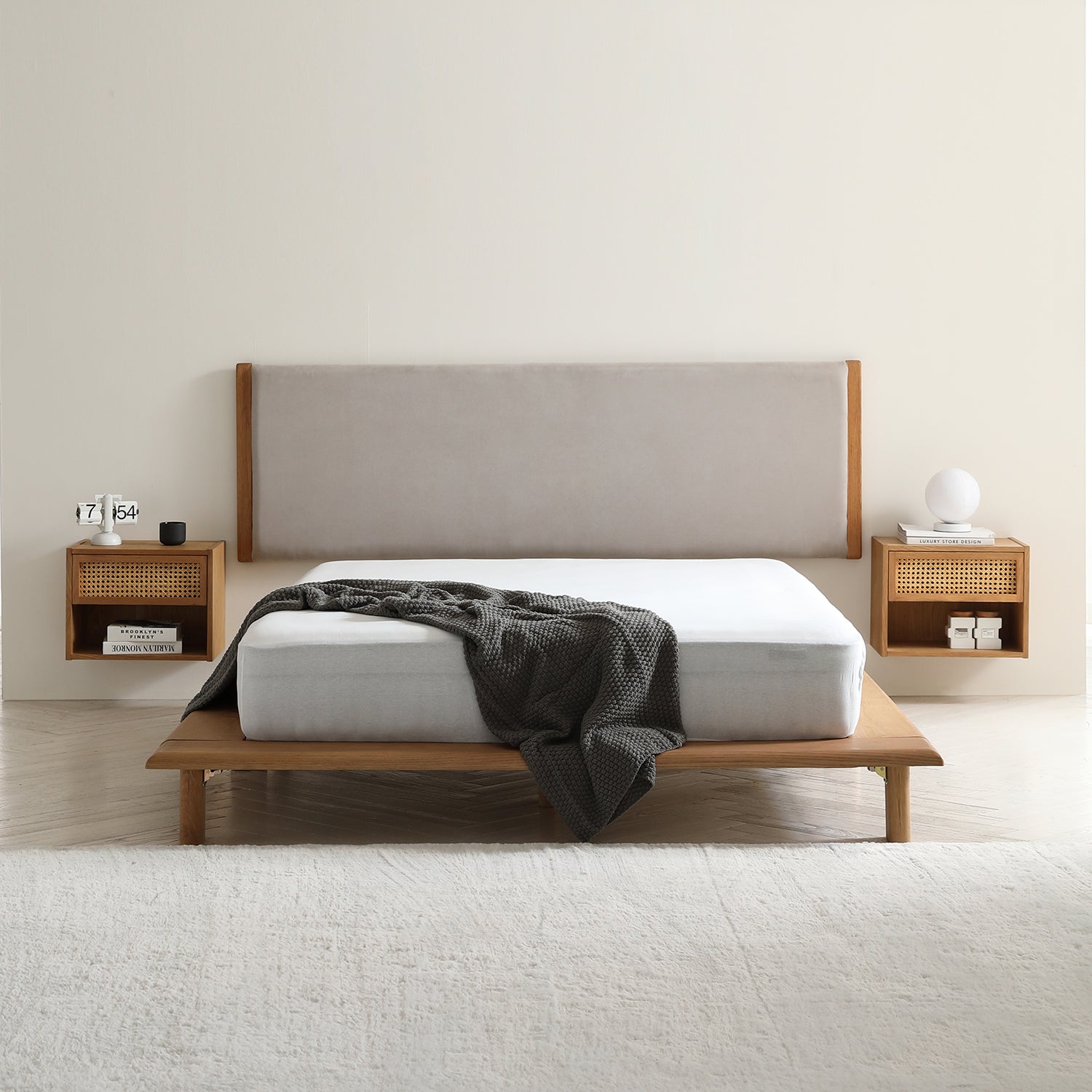

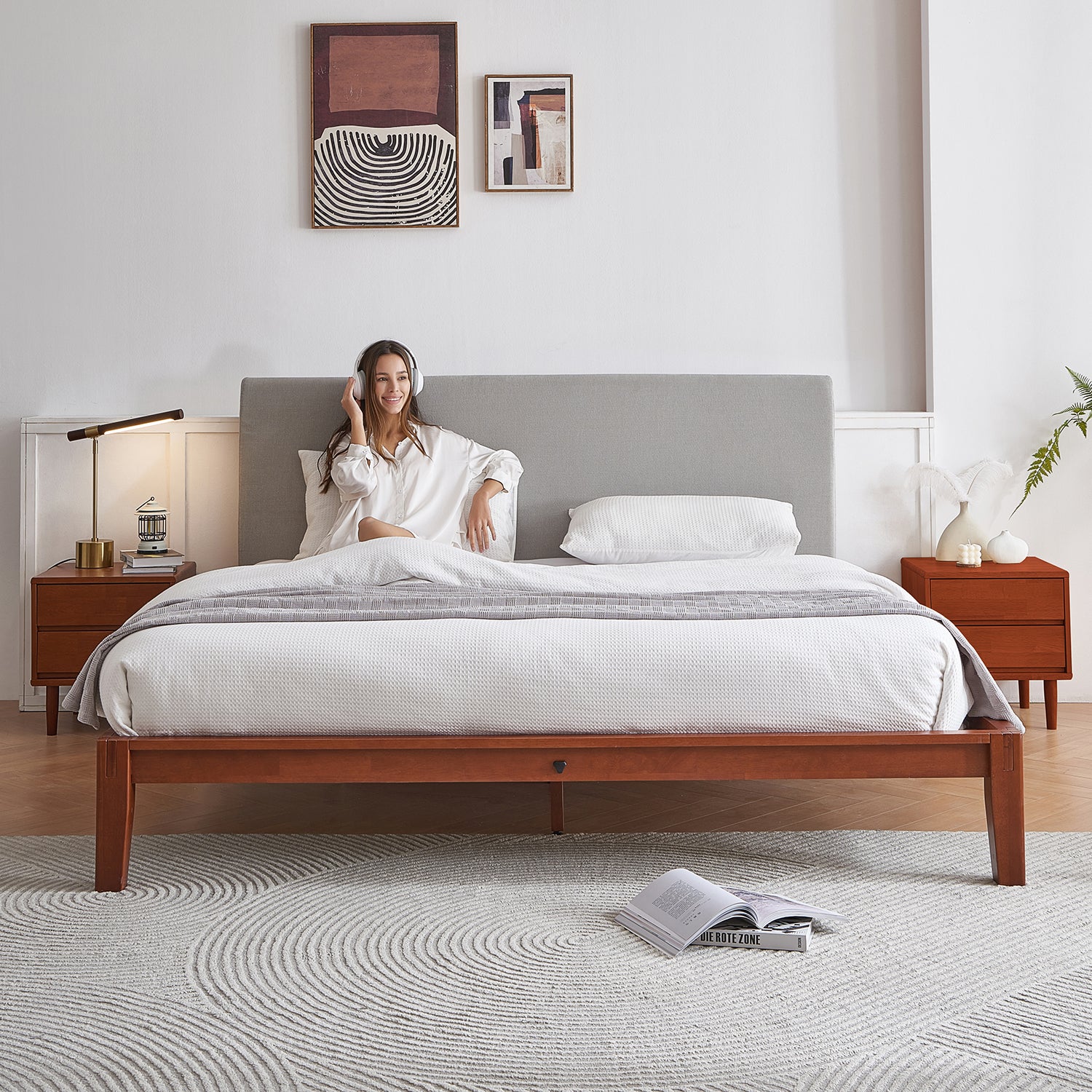
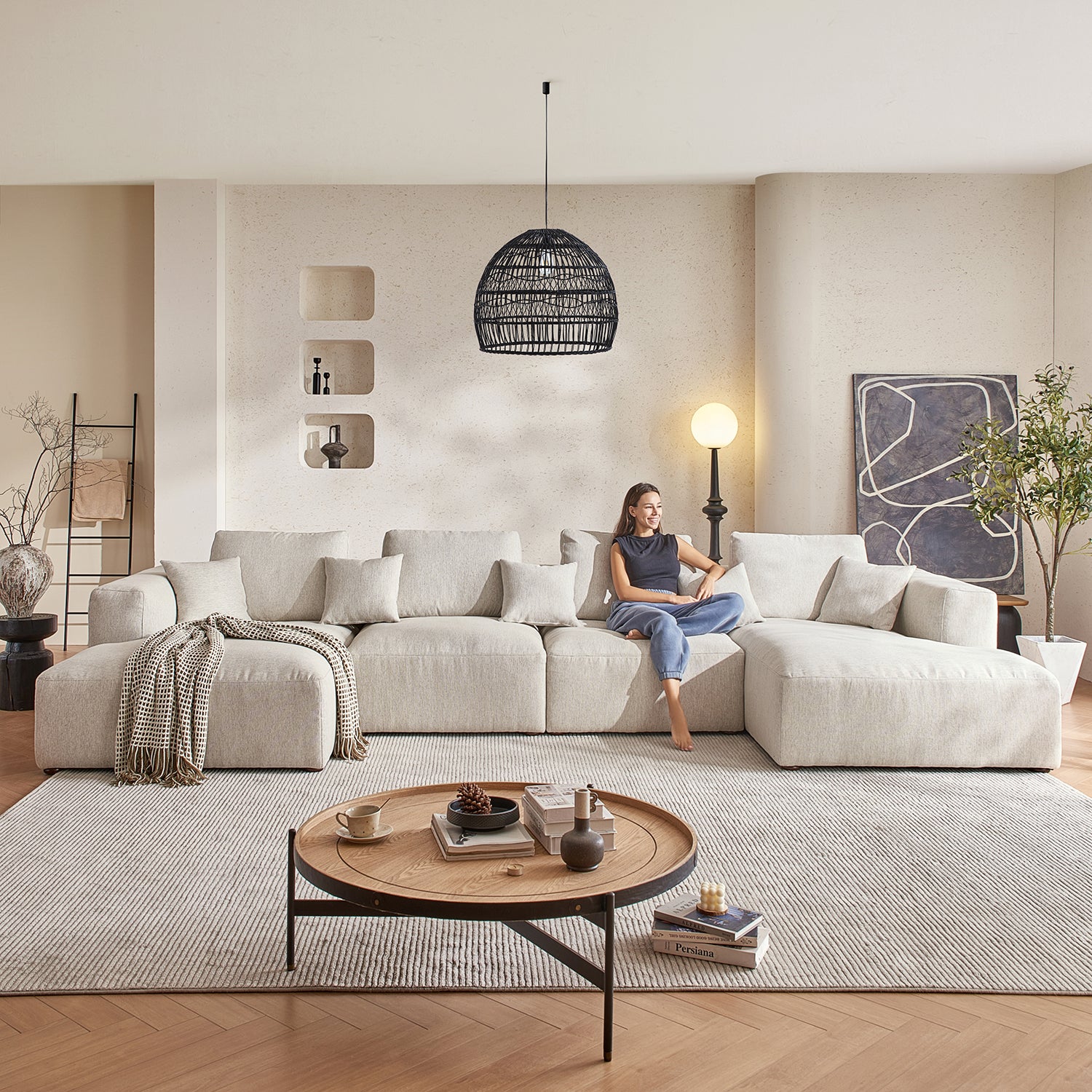
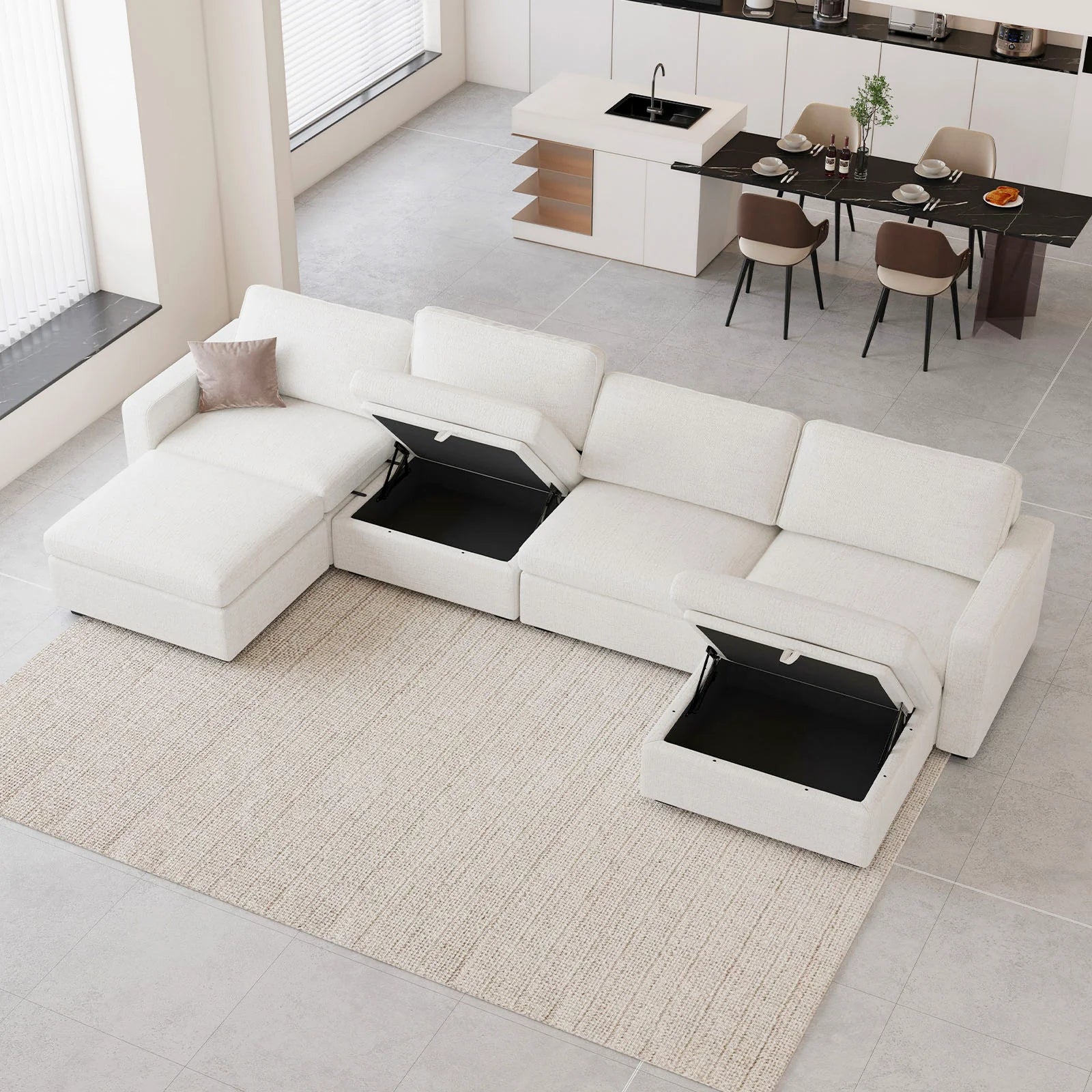
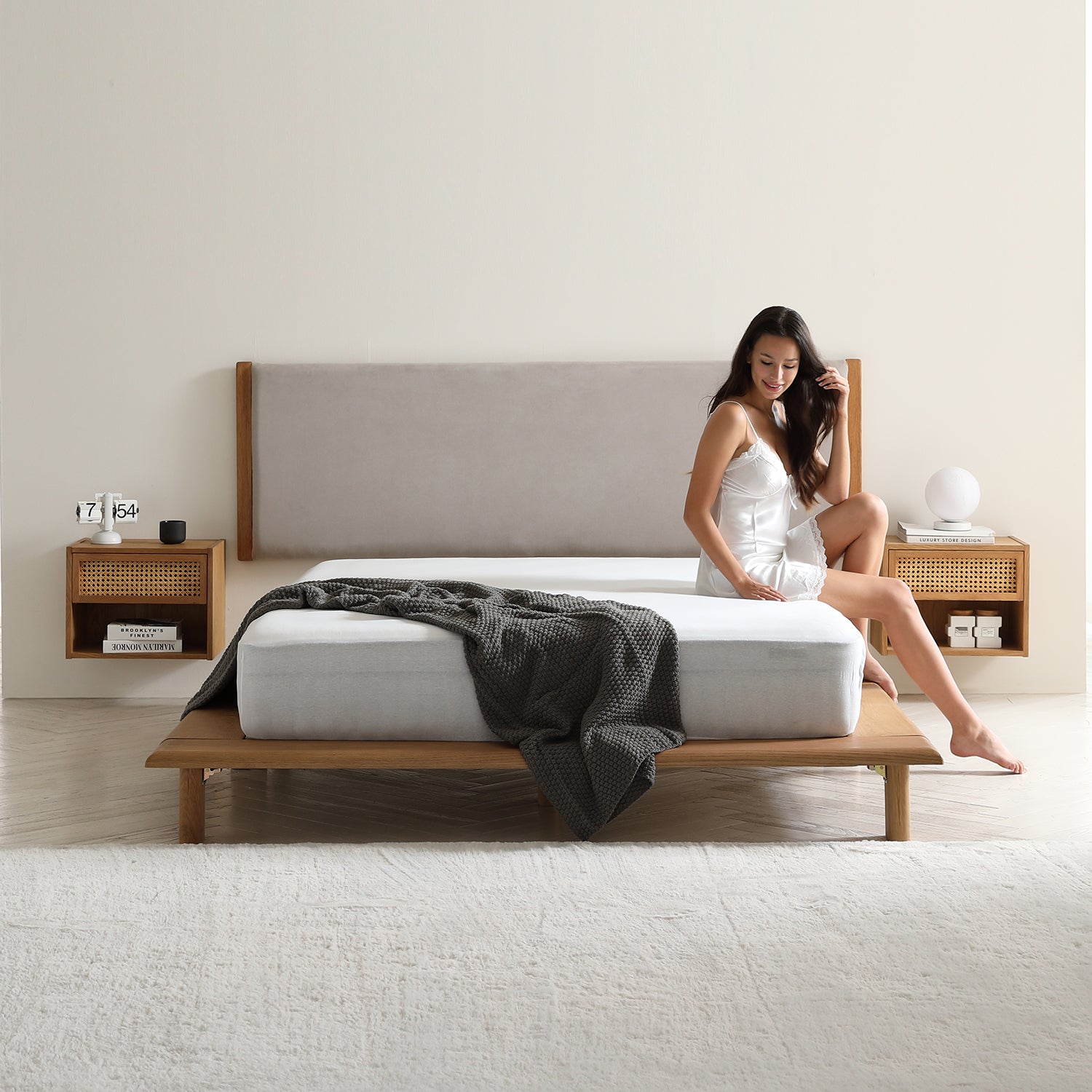
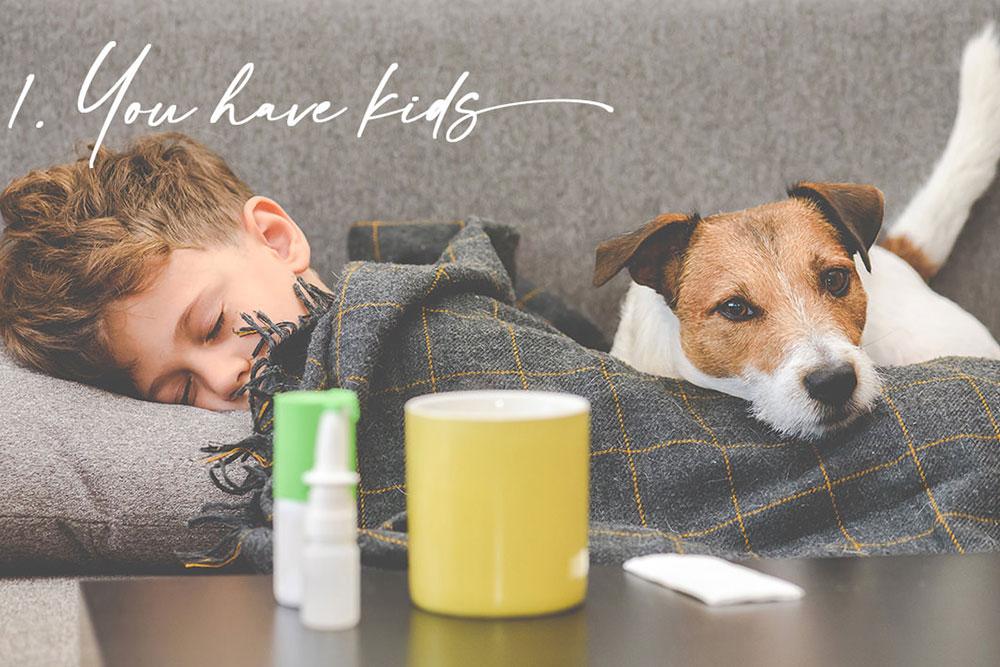
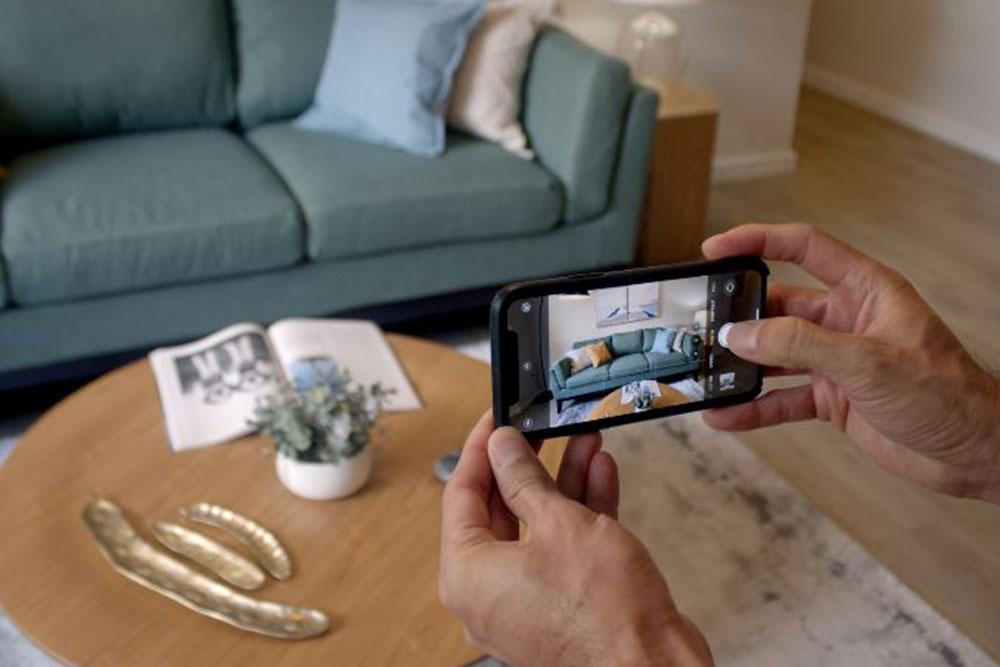

Leave a comment
All comments are moderated before being published.
This site is protected by hCaptcha and the hCaptcha Privacy Policy and Terms of Service apply.